What Does Asiago Cheese Taste Like? A Flavor Journey Explained
Asiago cheese, a beloved Italian dairy delight, carries a rich culinary heritage that intrigues food enthusiasts worldwide.
Originating from the Veneto region, this versatile cheese transforms dramatically depending on its aging process.
Younger versions offer a mild, smooth profile that melts beautifully into dishes, while aged varieties develop intense, complex characteristics.
Cheese lovers often wonder about its unique flavor nuances and how it compares to other popular options.
Regional production methods and carefully guarded traditions contribute to its distinctive personality.
Passionate gourmets appreciate the subtle complexity that makes asiago stand out in the crowded world of cheese.
Your taste buds are in for an exciting journey through this remarkable Italian treasure.
What Is Asiago Cheese?
Asiago is a mild and soft cheese enjoyed in many places.
Cheese makers in Italian cities Vicenza and Trento produce this special product.
People love its nutty taste that feels similar to Parmesan.
Small hints of smokiness give Asiago a unique flavor profile.
Its smooth texture works well when cooking and serves nicely on dinner tables.
Cheese lovers appreciate Asiago as a semi-soft Italian option.
People find its rich taste perfect for matching with pasta, soups, salads, and risottos.
Cheese history connects Asiago to a small town where monks first created this recipe during 16th-century times.
Veneto region stands as Italy's most famous Asiago production center.
Cheese makers craft traditional wheels and special triangular wedges called fusilli di caciotta.
Summer months bring fresh cheese selections before storage methods like refrigeration and brining take over.
Traditional production methods use raw cow's milk for creating authentic flavors.
Soft cheese types take less time to make compared to harder varieties.
Production can finish in just 15 days from start to end.
Home cooks might swap Parmesan with Asiago when baking bread, since its sharp taste adds excellent flavor depth to dishes without losing quality.
Flavor of Asiago Cheese
Asiago stands as a cheese with nearly sweet hints that people have made for many years.
Makers create this cheese using whole or partly skimmed milk from Asiago dAllevo, a dairy spot in northwestern Italy.
People say its flavor feels similar to Parmesan but includes nutty undertones because of cheese age and special bacteria in its making.
Taste buds notice sweet and nutty notes with hints of fruit, almonds, and butter.
Some batches might carry a slight smoky taste depending on aging methods.
Cheese flavor changes based on aging time, with older versions showing sharper profiles compared to younger ones.
Compared to strong cheeses like cheddar or gouda, Asiago feels gentler on taste buds.
Before modern cooling systems, salt techniques helped keep cheese fresh, sometimes creating unexpected sour notes.
Cheese texture stays firm yet spreadable, making it perfect for bread or crackers.
Its strong flavor stays consistent even when warmed in sauces or soups.
How Asiago Cheese Smells
Smooth, flowery, and sugary sensations fill your mouth when sampling Asiago cheese.
Based on how long this cheese has aged, different scents emerge.
Young asiago cheese smells like yogurt or butter.
Older asiago cheese carries deep, hearty notes that bring memories of bread, pizza dough, dried hazelnuts, and almonds.
Spoiled asiago cheese shows warning signs through bad smells and possible mold patches.
Color changes become darker, and cheese structure turns harder and less pleasant.
Asiago Cheese Types
Cheese lovers recognize Asiago as a special type of milk-based product split into two main groups. Fresh Asiago, called Asiago Pressato, starts with whole milk and sits for about a month.
Small batches result in a smooth, mild cheese with a softer feel compared to its aged cousin. Cheese shops carry multiple versions of this product.
Presto matures just one month and shows a pale yellow outer layer perfect for easy grating. Baita dAllevo develops over two years and carries a deeper, more rich flavor.
Matching standard Asiago prices, this version might need more searching. Smart shoppers seek trusted sellers for quality cheese selections.
Spending extra money brings excellent cheese results.
Aged Asiago, known as Asiago dallevo, changes across different time periods.
Mezzano develops between three to eight months, creating a light sweet taste with gentle plant-like notes. Stravecchio ages from 18 months to two years, becoming hard, crumbly, amber-colored with sharp flavor profiles.
Vecchio sits between nine to 18 months, producing slightly bitter cheese with firm textures.
Different cheese types work well in various kitchen settings.
Aged versions work best for grating, while fresh selections shine when sliced or melted. Stores sell Asiago in multiple formats - sliced, grated, or complete cheese blocks.
What Is Aged Asiago Cheese?
Asiago cheese brings a soft, smooth feel like brie, with a texture similar to sponge cake.
Its consistency melts smoothly, offering a creamy buttery taste.
Pale yellow coloring hints at a gentle sour note that works well with many different meals.
People enjoy pairing this cheese with fruits and spicy foods, making it a wonderful choice for lots of dishes.
Cheese lovers appreciate how well it matches almost any meal.
Cow's milk creates this wonderful cheese with a nutty, rich flavor.
Mild taste connects it to Parmesan, but Asiago has a smoother, gentler profile.
Soft flavors make it perfect for many recipes without overwhelming other ingredients.
People who want a bolder cheese might select an older version with deeper taste notes.
Asiago Cheese Health and Nutrition Facts
Asiago cheese brings powerful health perks through its special qualities.
Cheese made from cows with low sodium means less salt enters your meals compared to other cheeses.
Calcium fills this cheese, making it key for strong bones and heart health.
Low-fat cheese options like this pack lots of folic acid.
Protein and calcium work together to support body wellness.
People watching their diet or cholesterol find Asiago helpful.
Shoppers should peek at nutrition labels when selecting Asiago cheese.
Mild taste and sharp tang make this cheese work well in many recipes.
Anyone wanting a flexible cheese for different meals will love Asiago.
Omelets, pasta, and other dishes benefit from its smooth flavor.
Main Uses for Asiago Cheese
Asiago cheese shines in many dishes, especially with fresh tomatoes.
Smart combinations of Asiago and Parmesan produce excellent results. Finding a cheese that matches personal taste helps people appreciate its unique qualities.
Tasting different types helps develop a deeper understanding of Asiago's wonderful characteristics.

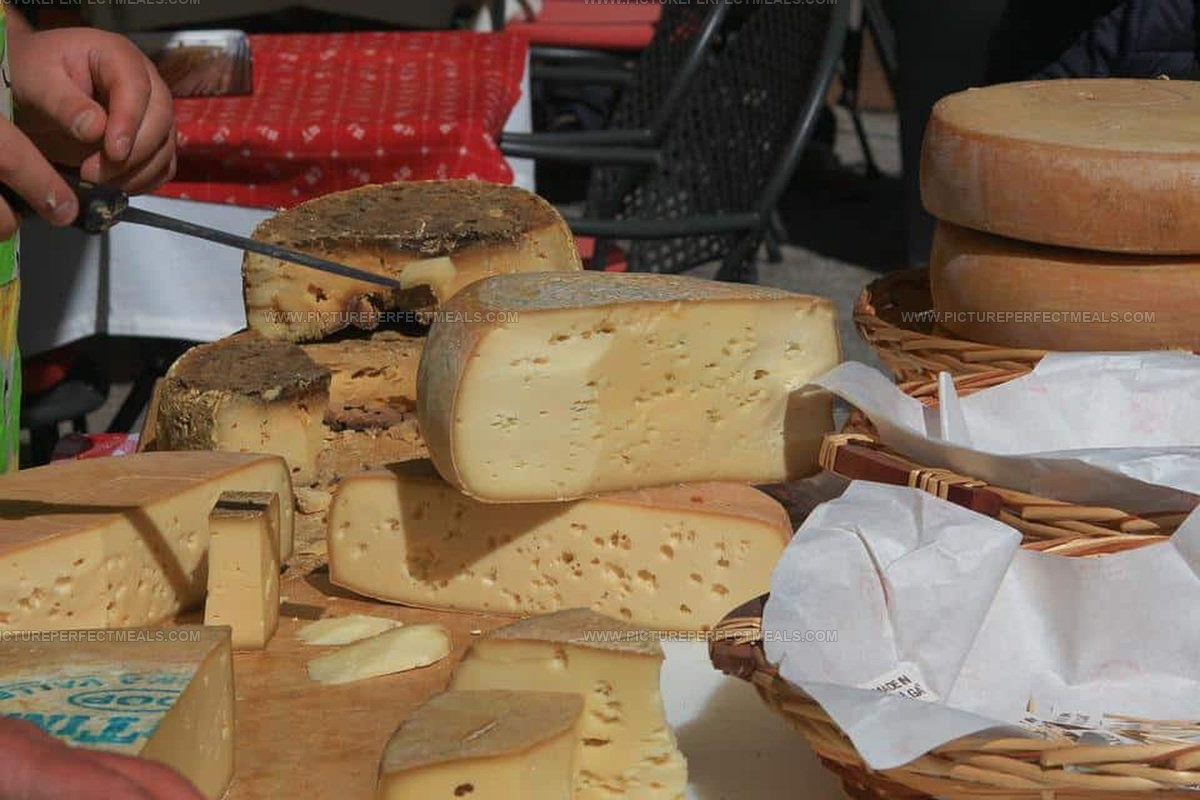
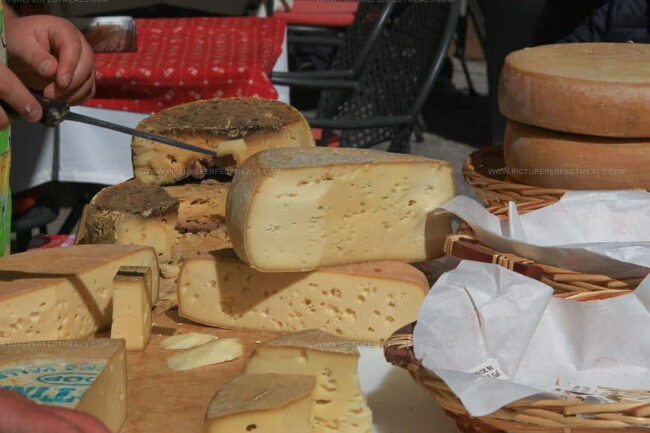
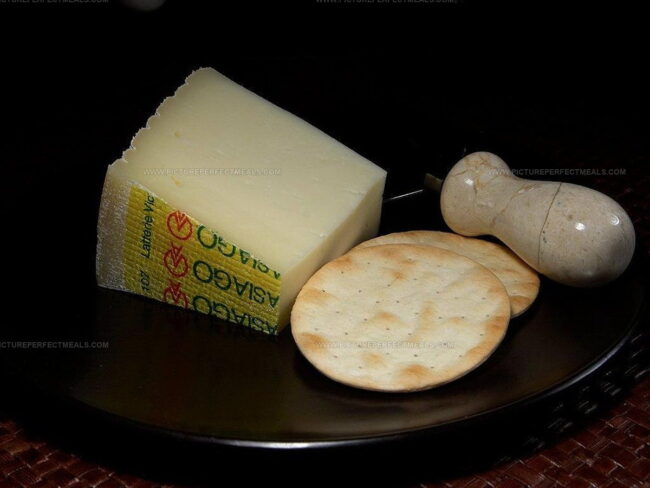
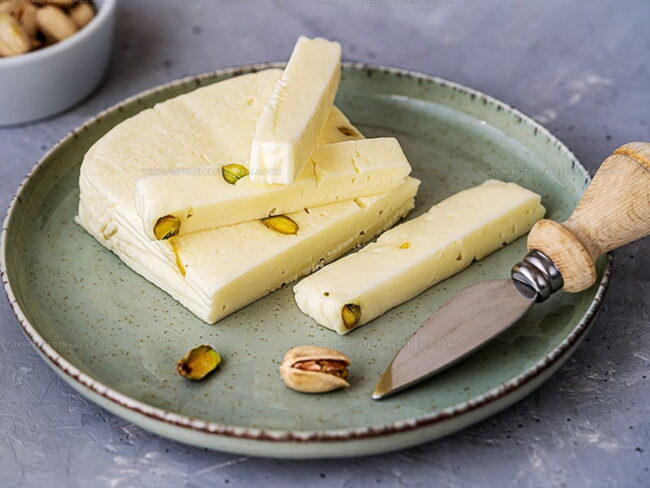
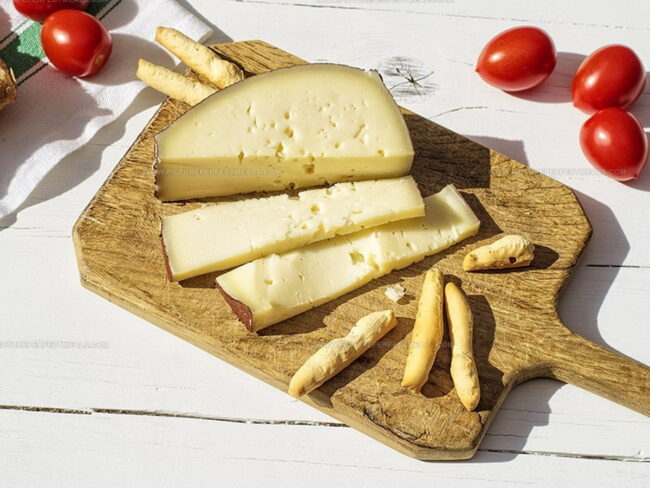
Jenna Hartley
Founder & Recipe Creator
Expertise
Education
Box Hill Institute, Melbourne
William Angliss Institute, Melbourne
Jenna is the heart of Picture Perfect Meals, turning simple ingredients into beautiful, easy‑to‑make dishes.
Growing up around family meals in Melbourne, she trained at Box Hill Institute and then perfected her pastry skills at William Angliss Institute. She loves mixing classic Australian flavors with fresh ideas to keep cooking fun and stress‑free.